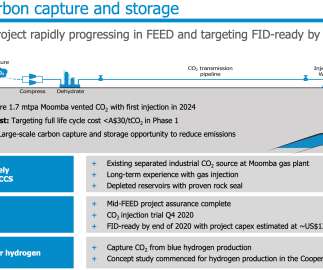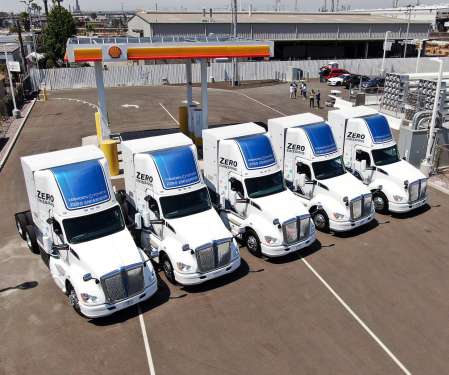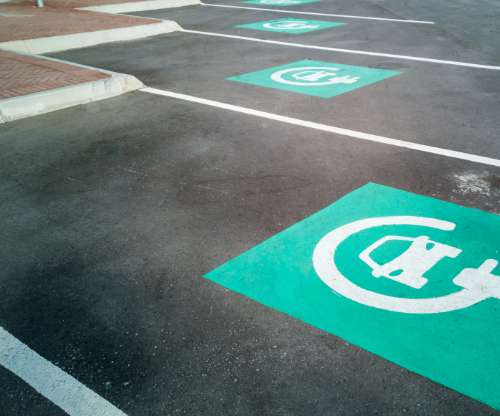DOE-supported CO2-capture project hits major milestone: 4 million metric tons
Green Car Congress
OCTOBER 12, 2017
The project utilizes a gas-separation technology called vacuum swing adsorption to capture more than 90% of the CO 2 from the product streams of two commercial-scale steam methane reformers used to produce hydrogen, preventing its release into the atmosphere. Injected CO 2 can dissolve and displace oil residue that is trapped in rock pores.








































Let's personalize your content